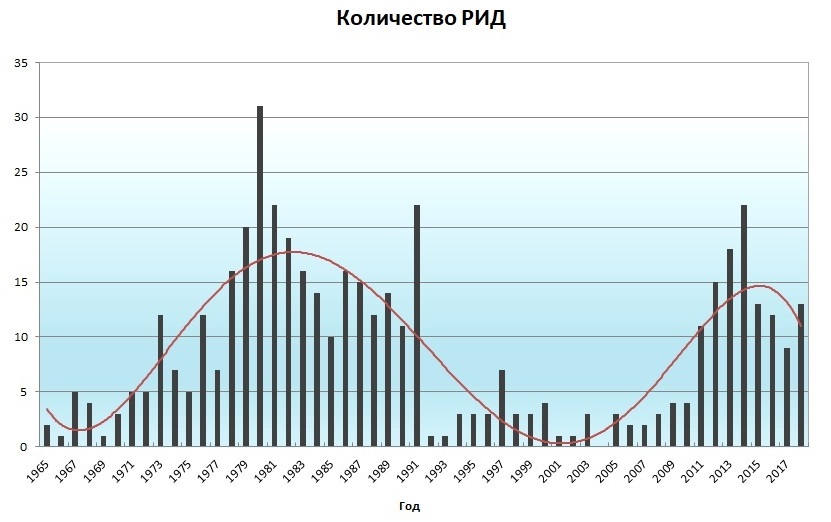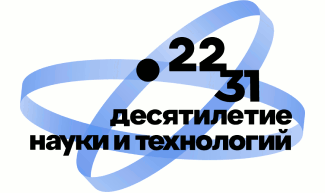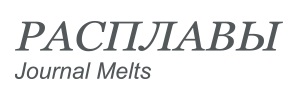Patent activity of IHTE UB RAS in dynamics
April 26 is the International Intellectual Property Day, which has been celebrated since 2001.This day is the reason to remember the patent activity of IHTE. It started since 1969 and nowadays the institute has 309 copyright certificates of the USSR, 164 patents of the Russian Federation, 75 of them are valid, counting three patents for inventions included in the top 100 inventions of the year, two foreign patents (Australia, Spain), two international applications filed under the Patent Cooperation Treaty procedure, 8 certificates of the Russian Federation on the computer program. Among specialists in the field of the economics of intellectual property there is an opinion that the patent activity of an organization depends on economic crises in the country and in the world. From this point of view, the information department conducted a statistical study of the patent activity of IHTE for the period from 1965 till 2018, the results of which are reflected in the chart below.

Initially, the low level of patent activity of IHTE, which had a downward trend in subsequent years, coincided with the reform of A.N. Kosygin in 1965-1970, which historians recognized as unsuccessful. During the period of the so-called “Brezhnev stagnation”, an increase in the number of registered copyright certificates was observed, the peak of which falls on 1979, which can be explained by the economic stability of the USSR and its conditional independence from the state of the world economy. The downward trend is observed from 1983 till 1987, which may be due to the upcoming transition from the author’s certificate to the patent form of protection of inventions. Since the collapse of the USSR and the introduction of patent law in the Russian Federation, the patent activity of IHTE was at its lowest level since its existence. There was a slight increase in 1994, which coincides with the creation of the Russian Foundation for Basic Research as an institution supporting science. The subsequent decline in patent activity can be explained by the forerunners of the global crisis of 2008, and the following growth up to 15 patents per year over 10 years as an overcome of this crisis.
The analysis of this statistical data testifies in favor of the fact that the patent activity of the organization, although non-linear, depends on the economic situation in the country and the world. This conclusion does not negate measures to stimulate the creative and patent activity of the institute staff. The fact that IHTE obtains 15 patents per year for 10 years, three of which are in the top 100 inventions of the year, enhances the prestige of the institute and strengthens its communication with the technology community.





